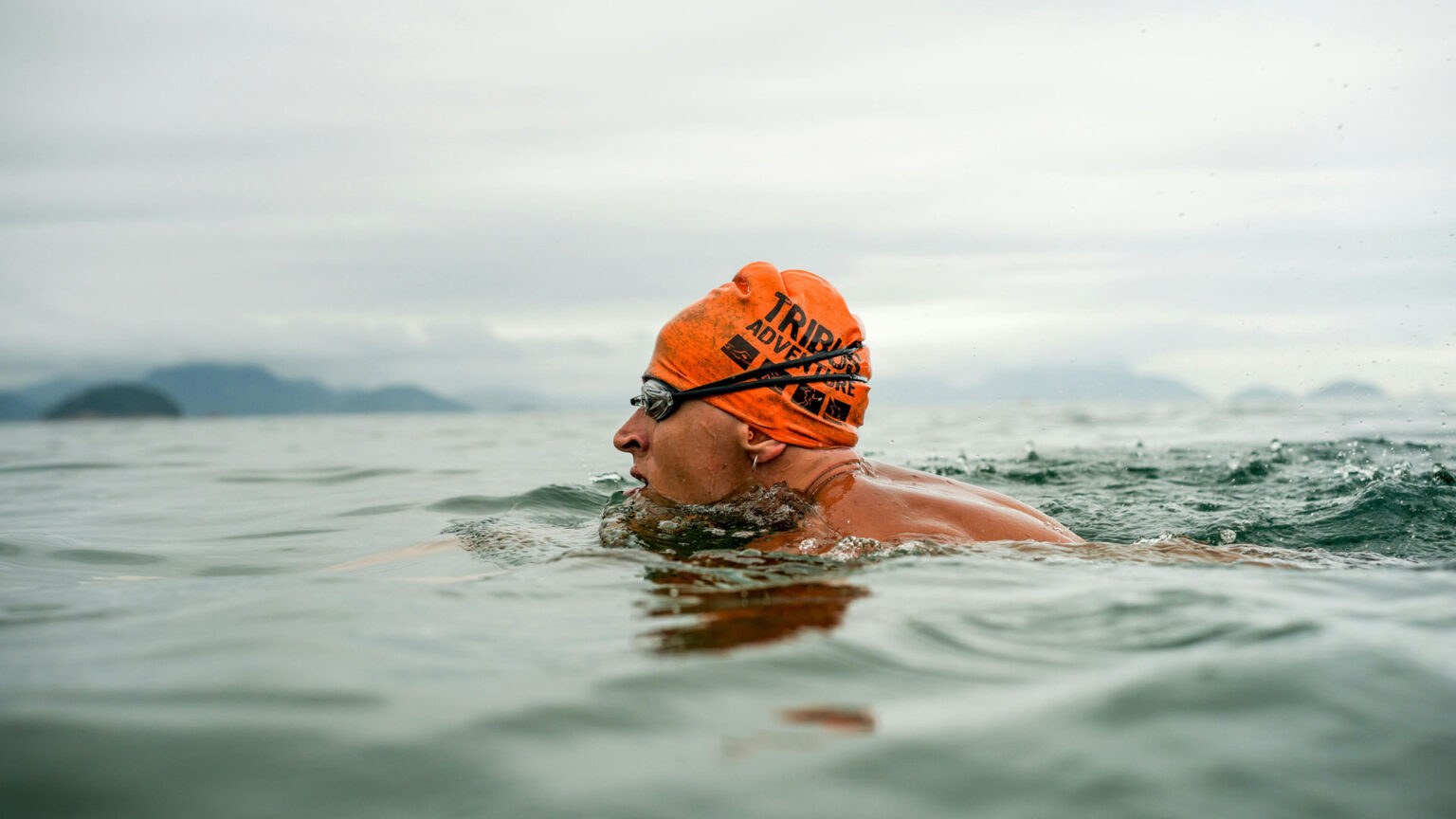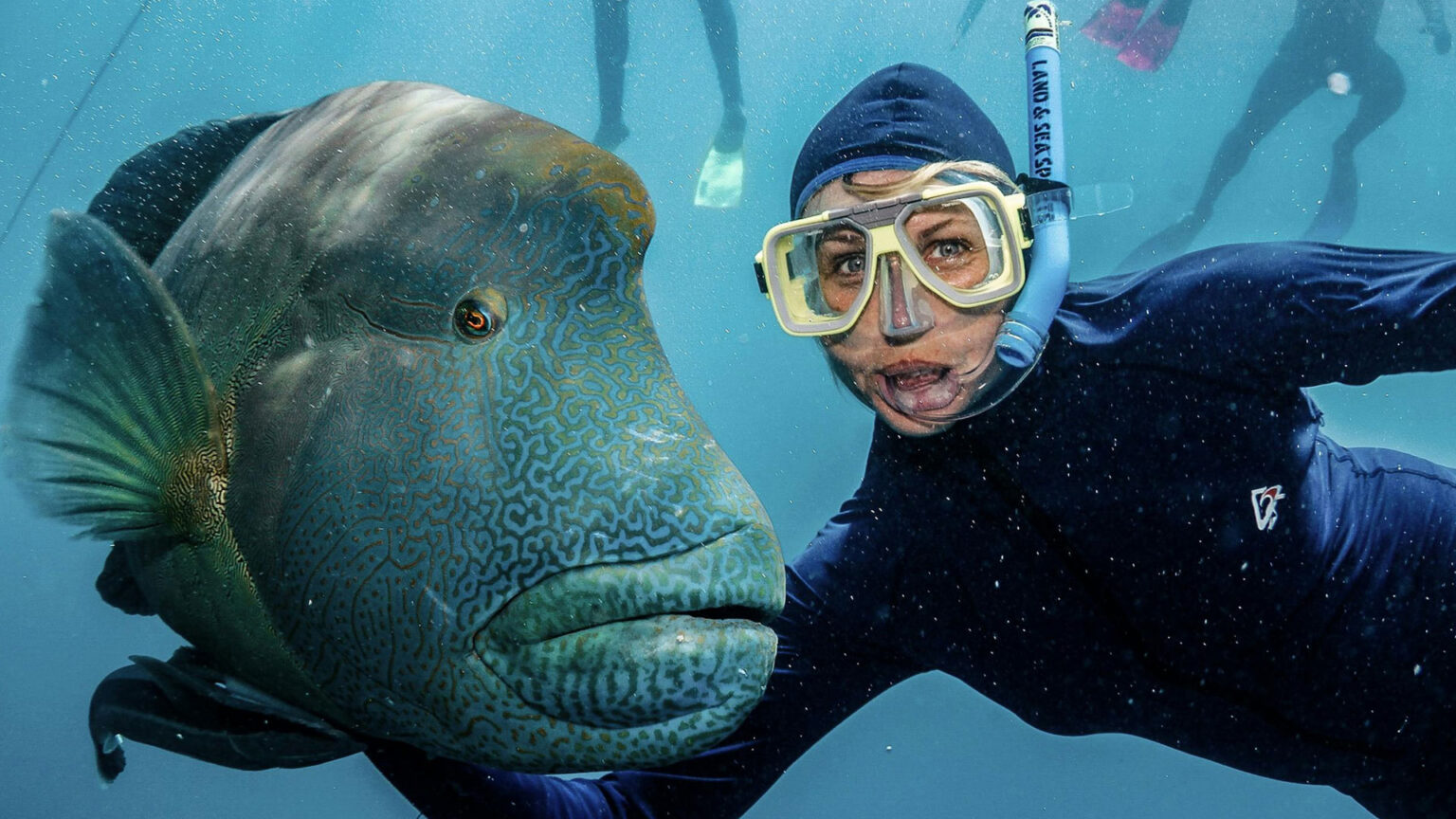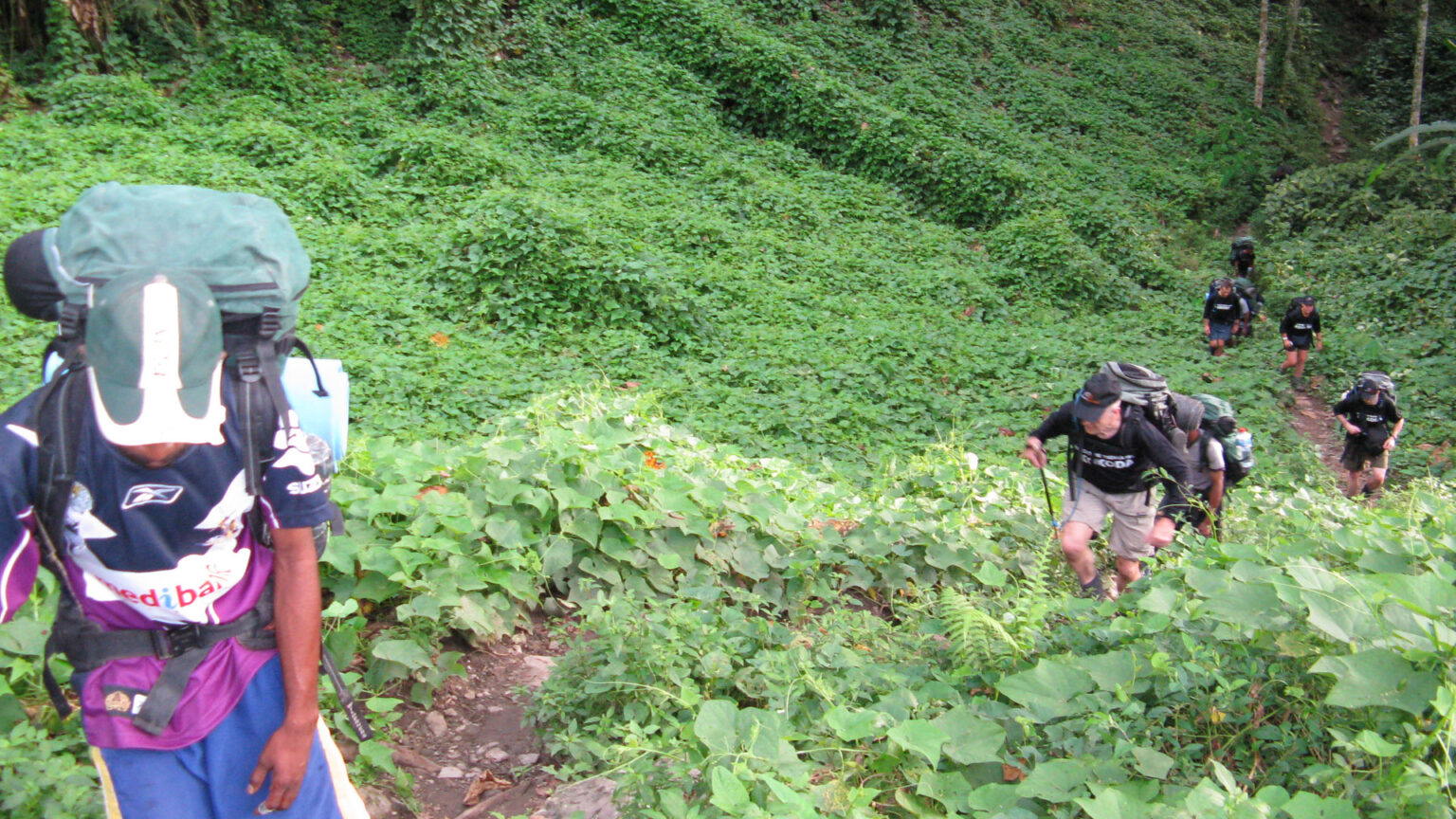English Channel Swimming: Conquering the Iconic Waters
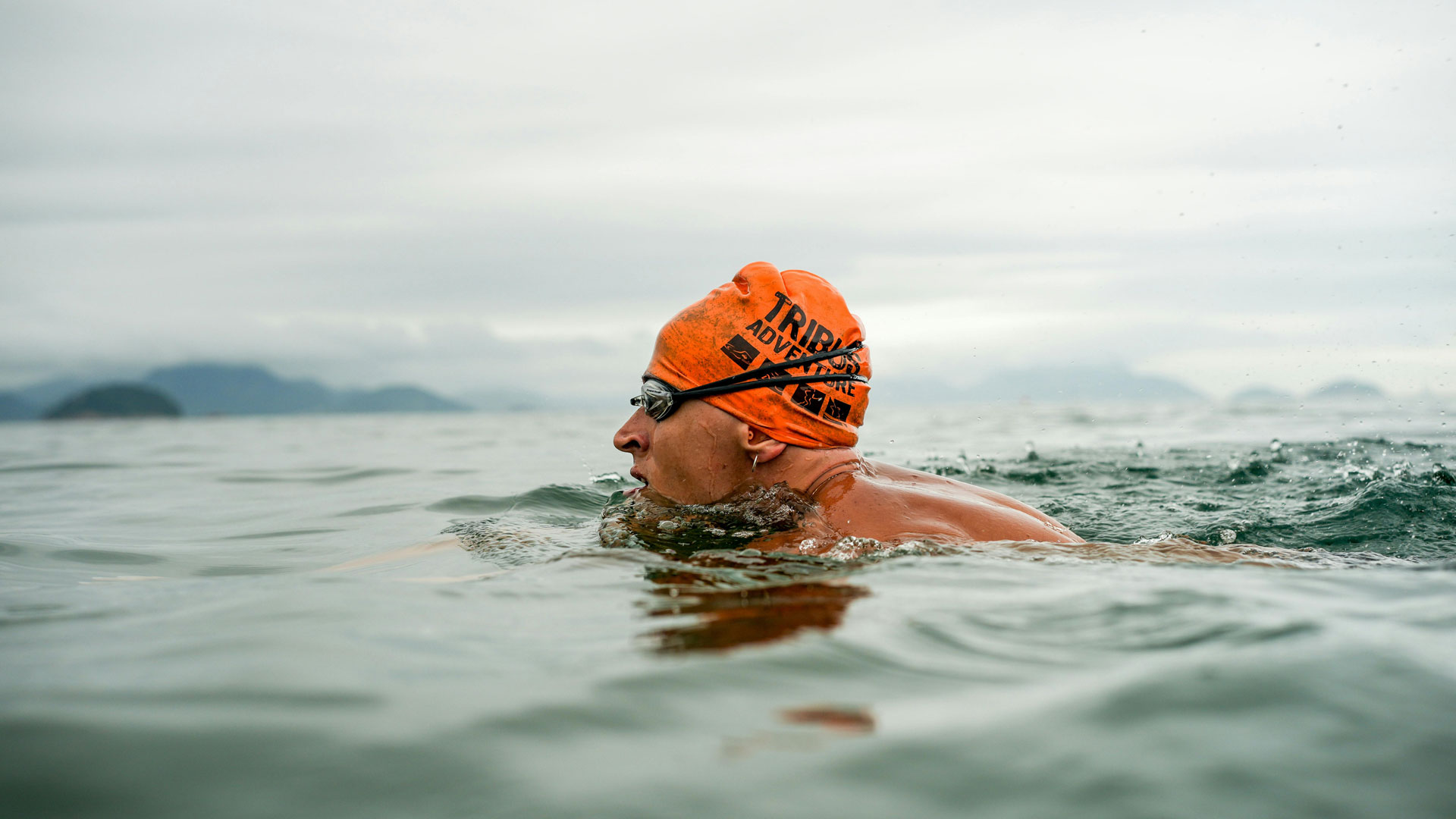
The Ultimate Test of Endurance
English Channel swimming is an extraordinary feat that demands meticulous preparation, unwavering dedication, and unrelenting resilience. As one of the most prestigious open-water swims in the world, the English Channel presents a unique challenge that attracts top athletes and adventure seekers. The Channel’s unpredictable waters and harsh conditions push swimmers to their limits, testing their physical and mental endurance like never before. Only a select few have successfully conquered the English Channel, earning their place in the annals of swimming history.
Brief Overview of the English Channel
The English Channel, a 21-mile (34 km) wide waterway connecting the North Sea to the Atlantic Ocean, stretches approximately 350 miles (563 km) from the Strait of Dover to the Celtic Sea. This iconic stretch of water separates England and France, with strong tidal currents, unpredictable weather, and chilly waters making it an intimidating challenge for even the most experienced swimmers. The Channel’s geography is characterized by a complex system of tidal streams, rip tides, and eddies, which can significantly impact swimming times and navigation. Swimmers must carefully plan their route and timing to avoid these hazards and ensure a successful crossing.
The Allure of English Channel Swimming
English Channel swimming is a prestigious achievement that:
- Tests physical and mental endurance, pushing swimmers to their limits
- Demonstrates exceptional swimming skill and technique, honed through years of training
- Inspires others to push beyond perceived limits, motivating aspiring swimmers
- Contributes to the rich history of Channel swimming, joining the ranks of legendary swimmers
- Supports charitable causes and fundraising efforts, making a meaningful impact
The allure of English Channel swimming lies in its exclusivity and prestige. Only a handful of swimmers have successfully completed the crossing, earning their place among the elite ranks of Channel swimmers. The challenge is not just physical but also mental, requiring swimmers to overcome fear, doubt, and exhaustion.
Challenges and Risks Involved
English Channel swimming poses significant challenges and risks, including:
- Strong tidal currents and rip tides, which can sweep swimmers off course
- Water temperatures ranging from 50°F to 65°F (10°C to 18°C), increasing the risk of hypothermia
- Limited visibility and navigation difficulties, making it hard to stay on course
- Marine life encounters (jellyfish, sharks, etc.), posing a threat to swimmers’ safety
- Hypothermia and cold water shock, potentially life-threatening conditions
- Dehydration and electrolyte imbalance, exacerbating physical exhaustion
- Physical exhaustion and fatigue, pushing swimmers to their limits
To overcome these challenges, swimmers must be well-prepared, both physically and mentally. A thorough understanding of the Channel’s conditions, careful planning, and meticulous training are essential for success.
Physical Preparation for English Channel Swimming
A successful English Channel swim requires:
- Extensive swimming experience, including open-water swimming
- Advanced swimming technique, optimized for efficiency and endurance
- Enhanced endurance and stamina, built through targeted training
- Acclimatization to cold water, reducing the risk of hypothermia
- Nutrition and hydration strategies, optimizing energy levels
Swimmers must also develop a robust training plan, incorporating strength and conditioning exercises, endurance swimming, and nutrition planning.
Mental Preparation for English Channel Swimming
Mental toughness is equally essential:
- Visualization techniques, mentally rehearsing the swim
- Positive self-talk and affirmations, maintaining motivation
- Focus on goals and motivation, staying committed to the challenge
- Stress management and relaxation techniques, coping with pressure
By combining physical and mental preparation, swimmers can tackle the English Channel with confidence, ready to overcome the unique challenges and risks involved.
Conclusion
English Channel swimming is an extraordinary achievement that requires dedication, resilience, and perseverance. With proper preparation and training, swimmers can conquer the iconic waters of the English Channel, joining the elite ranks of Channel swimmers.
History of English Channel Swimming
The English Channel, a iconic waterway connecting England and France, has captivated swimmers for centuries. Its rich history is filled with pioneering achievements, record-breaking feats, and inspiring stories of human determination. From the early days of adventurous souls to the modern era of highly trained athletes, the Channel has become a symbol of endurance and human resilience.
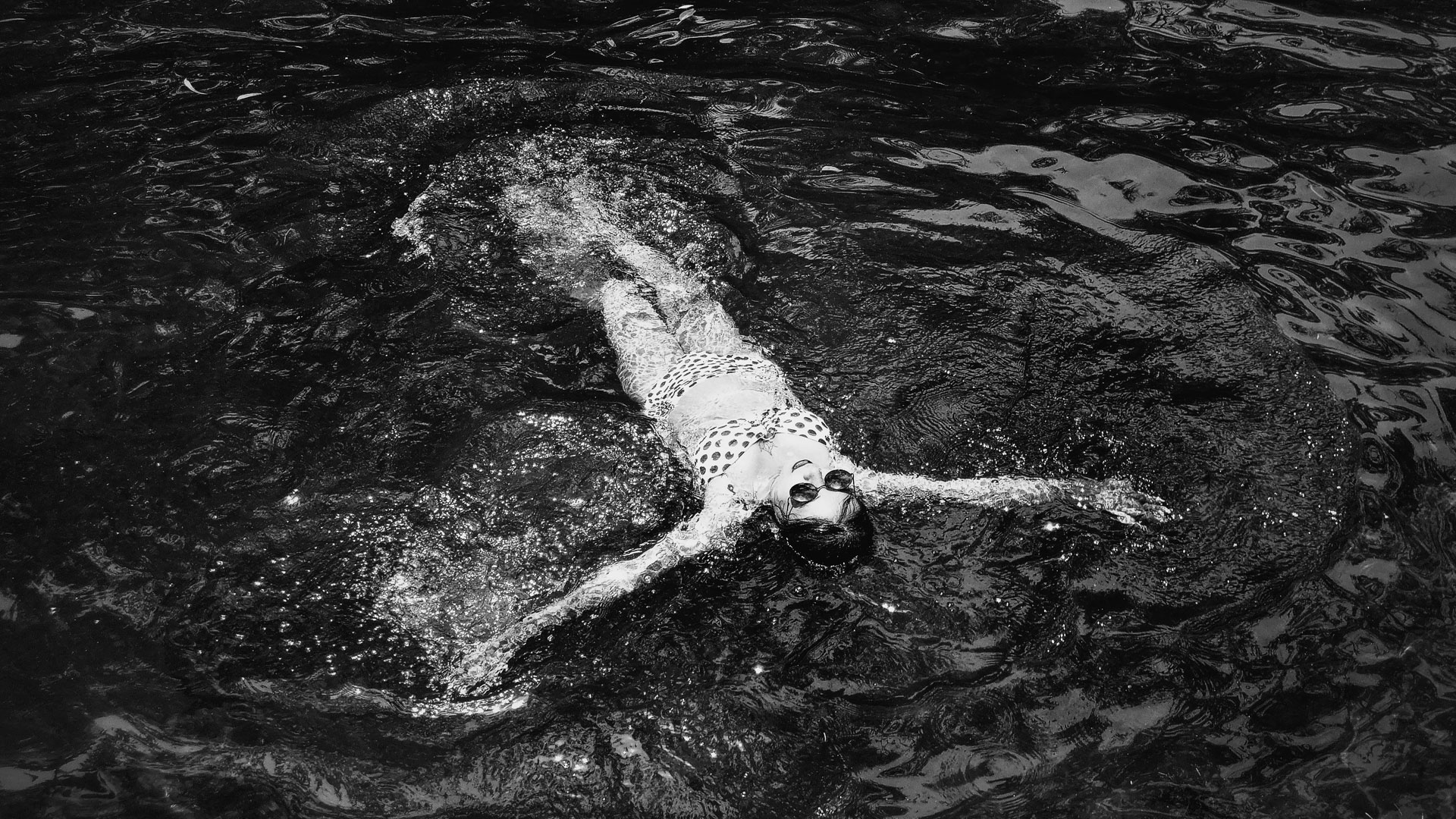
First Successful Crossing (Captain Matthew Webb, 1875)
Captain Matthew Webb, a British merchant navy officer, etched his name in history on August 25, 1875, by becoming the first person to swim the English Channel. His remarkable journey:
- Distance: 21.87 miles (35.2 km)
- Time: 22 hours and 45 minutes
- Conditions: Strong tidal currents and rough seas
- Technique: Breaststroke
- Support: Webb was accompanied by several boats, providing food, drink, and encouragement
Webb’s groundbreaking achievement sparked widespread interest in Channel swimming. His success inspired others to attempt the feat, paving the way for future generations of swimmers. Webb’s swim was not without challenges; he faced strong currents, jellyfish stings, and exhaustion.
Early Inspiration
Webb’s achievement was influenced by earlier attempts:
- In 1872, J.B. Johnson attempted to swim the Channel but failed due to strong currents.
- In 1874, Captain Webb himself made an unsuccessful attempt.
These early endeavors fueled Webb’s determination, and his eventual success cemented his place in swimming history.
Evolution of Channel Swimming
Over the years, Channel swimming has undergone significant transformations:
- Early years (1875-1900): Swimmers focused on beating Webb’s time. This era saw the emergence of pioneering swimmers like J.H. Scott and William Peacock.
- Golden era (1900-1940): Swimmers like Gertrude Ederle and Captain Matthew Webb’s rival, J.H. Scott, pushed boundaries. This period introduced new techniques and training methods.
The Interwar Period
Between World Wars I and II:
- Channel swimming gained popularity, with numerous attempts and record-breaking swims.
- Swimmers like Enrique Tirabocchi and Gertrude Ederle achieved remarkable feats.
Post-War Advancements
After World War II:
- New techniques, training methods, and wetsuit technology improved times.
- Swimmers like Brenda Fisher and Abdel-Latif Abou-Heif broke records.
Modern Era
In recent decades:
- Advanced training, nutrition, and safety protocols enabled faster times and increased participation.
- This era saw the rise of professional swimmers and organized events.
Notable Swimmers and Records
Some remarkable swimmers and records include:
- Gertrude Ederle (1926): First woman to swim the Channel, in 14 hours and 39 minutes. Ederle’s achievement shattered the stereotype that women couldn’t swim long distances.
- Captain Matthew Webb’s record (1875): Stood for 36 years, until broken by J.H. Scott in 1911.
Ben Lecomte’s Historic Swim
In 1998:
- Ben Lecomte became the first person to swim the Channel without a shark cage.
- Lecomte’s feat demonstrated the possibility of swimming the Channel without protection.
Sarah Thomas’s Record-Breaking Swim
In 2019:
- Sarah Thomas became the first person to swim the Channel four times non-stop.
- Thomas’s record-breaking swim took 54 hours and 10 minutes.
Other Notable Records
- Fastest solo crossing: Trent Grimsey (Australia), 6 hours and 55 minutes (2012)
- Fastest relay crossing: USA Men’s Relay Team, 5 hours and 47 minutes (2015)
- Most crossings: Alison Caldwell (UK), 43 solo crossings (1994-2015)
The history of English Channel swimming is marked by remarkable achievements, innovations, and human determination.
Preparation and Training
To tackle the English Channel swimming challenge, thorough preparation and training are crucial. A well-structured training program, mental preparation, nutrition, hydration, swimming technique, and acclimatization to cold water are essential components.

Physical Conditioning
A well-structured training program:
Cardiovascular Endurance: Build up swimming distance and intensity over 6-12 months. Incorporate interval training, endurance swims, and strength exercises.
Sample Cardiovascular Training Plan:
- 6-12 months prior: Build up to 10-15 km swimming per week
- 3-6 months prior: Incorporate high-intensity interval training (HIIT)
- 1-3 months prior: Focus on endurance swims (5-10 km)
Strength Training: Focus on upper body, legs, and core exercises to improve swimming efficiency and reduce injury risk.
Sample Strength Training Plan:
- 3-6 months prior: Incorporate strength training 2-3 times per week
- Focus on exercises like pull-ups, rows, shoulder presses, and leg presses
Flexibility and Mobility: Incorporate stretching and mobility exercises to maintain flexibility and prevent injuries.
Sample Flexibility Training Plan:
- Incorporate yoga or Pilates 1-2 times per week
- Focus on shoulder, hip, and ankle mobility exercises
Injury Prevention: Listen to your body, rest, and recover to avoid injuries.
Injury Prevention Strategies:
- Incorporate recovery swims and stretching
- Monitor body fatigue and adjust training accordingly
Mental Preparation
Develop mental toughness:
Visualization Techniques: Imagine yourself completing the swim, overcoming challenges, and celebrating success.
Visualization Exercise:
- Set aside 10-15 minutes daily for visualization
- Focus on vivid, positive imagery
Positive Self-Talk: Focus on affirmations and confidence-building statements.
Positive Self-Talk Examples:
- “I am capable and prepared.”
- “I trust my training and experience.”
Stress Management: Practice relaxation techniques (e.g., meditation, deep breathing) to manage stress.
Stress Management Techniques:
- Incorporate mindfulness exercises daily
- Practice relaxation techniques during training
Team Support: Surround yourself with experienced swimmers, coaches, and support crew.
Team Support Benefits:
- Experienced guidance and advice
- Emotional support and motivation
Nutrition and Hydration
Optimize fueling and hydration:
Balanced Diet: Emphasize complex carbohydrates, protein, and healthy fats.
Sample Meal Plan:
- Breakfast: Oatmeal with fruit and nuts
- Lunch: Grilled chicken with quinoa and vegetables
- Dinner: Pasta with lean beef and whole grains
Hydration Strategies: Drink regularly, aiming for 2-3 liters per day.
Hydration Tips:
- Monitor urine color and output
- Drink electrolyte-rich beverages during training
Electrolyte Management: Monitor and replenish sodium, potassium, and magnesium.
Electrolyte Management Tips:
- Incorporate electrolyte supplements during training
- Monitor electrolyte levels during long swims
Carbohydrate Loading: Increase intake 1-3 days before the swim.
Carbohydrate Loading Tips:
- Focus on complex carbohydrates (e.g., whole grains, fruits)
- Avoid excessive sugar intake
Swimming Technique and Strategy
Refine technique and develop a swim strategy:
Stroke Efficiency: Focus on streamlined body position and arm technique.
Stroke Efficiency Tips:
- Focus on hip drive and shoulder roll
- Use a pull buoy to improve arm technique
Pace Management: Balance speed and endurance.
Pace Management Strategies:
- Incorporate pace-based training
- Monitor heart rate and swim speed
Navigation: Understand currents, tides, and course navigation.
Navigation Tips:
- Study tidal patterns and currents
- Use GPS and navigation tools during training
Safety Protocols: Establish communication with support team.
Safety Protocols:
- Designate a safety officer
- Establish emergency communication procedures
Acclimatization to Cold Water
Gradually adapt to cold water temperatures:
Progressive Exposure: Start with cooler waters (15°C/59°F) and decrease temperature.
Acclimatization Schedule:
- 6 weeks prior: Start with 15°C/59°F water temperature
- 3 weeks prior: Decrease temperature to 12°C/54°F
Acclimatization Sessions: Swim in cold water 1-2 times per week.
Acclimatization Tips:
- Monitor body temperature and adjust swim duration
- Incorporate warm-up and
Safety Considerations
English Channel swimming poses unique safety challenges due to its unpredictable waters, strong currents, and varying weather conditions. Understanding and addressing these concerns is crucial to ensure a safe and successful swim.

Tides and Currents
Tidal Patterns: Study tidal cycles, peak tidal flows, and slack water to plan the swim accordingly.
- Tidal cycles: Understand the 12-hour and 25-minute tidal cycle.
- Peak tidal flows: Identify the fastest tidal flows.
- Slack water: Recognize the brief period of calm water.
Currents: Understand Channel currents, including the tidal stream and wind-driven currents.
- Tidal stream: Consider the direction and speed.
- Wind-driven currents: Account for wind direction and speed.
Tide and Current Resources:
- UK Hydrographic Office (UKHO) tide tables
- Channel Swimming and Piloting Federation (CSPF) current charts
- NOAA’s tidal current predictions
Water Temperature
Temperature Range: Expect temperatures between 12°C (54°F) and 18°C (64°F).
- Acclimatization: Gradually expose swimmers to colder temperatures.
- Monitoring: Continuously check water temperature.
Hypothermia Risk: Monitor swimmers for hypothermia symptoms.
- Symptoms: Confusion, shivering, and loss of coordination.
- Prevention: Wear wetsuits, monitor temperature.
Water Temperature Tips:
- Acclimatize swimmers to cold water temperatures.
- Monitor water temperature during training.
- Adjust swim duration based on temperature.
Marine Life and Hazards
Jellyfish and Sea Urchins: Be aware of potential stings and puncture wounds.
- Jellyfish: Recognize species, avoid touching.
- Sea urchins: Watch for spines.
Ships and Vessels: Understand Channel shipping lanes and navigation rules.
- Shipping lanes: Identify busy routes.
- Navigation rules: Understand right-of-way.
Marine Life and Hazard Precautions:
- Wear protective gear (e.g., wetsuits, gloves).
- Monitor weather and sea conditions.
- Post-swim shower to remove potential stingers.
Support Team and Safety Protocols
Support Crew: Assemble an experienced team, including a pilot, navigator, and safety officer.
- Pilot: Experienced with Channel navigation.
- Navigator: Skilled in GPS and chart navigation.
- Safety officer: Trained in emergency procedures.
Safety Equipment: Ensure availability of safety gear, such as first aid kits and communication devices.
- First aid kits: Stocked with essentials.
- Communication devices: Radios, GPS trackers.
Support Team and Safety Protocol Considerations:
- Establish clear communication channels.
- Conduct regular safety drills and briefings.
- Designate roles and responsibilities.
Emergency Procedures
Emergency Response Plan: Develop a comprehensive plan for emergencies, including swimmer rescue and medical evacuation.
- Rescue procedures: Establish protocols.
- Medical evacuation: Identify nearest facilities.
Communication Protocols: Establish communication procedures for emergency situations.
- Emergency contact information.
- Communication devices.
Emergency Procedure Guidelines:
- Identify nearest medical facilities and emergency services.
- Conduct regular emergency drills and training.
- Review and update emergency plans.
Additional Safety Resources:
- Channel Swimming and Piloting Federation (CSPF) safety guidelines.
- Royal National Lifeboat Institution (RNLI) sea safety advice.
- American Red Cross water safety tips.
The Swim
The English Channel swim is a significant undertaking, requiring careful planning, physical endurance, and mental toughness. This iconic swim pushes athletes to their limits, demanding resilience, determination, and strategic execution.
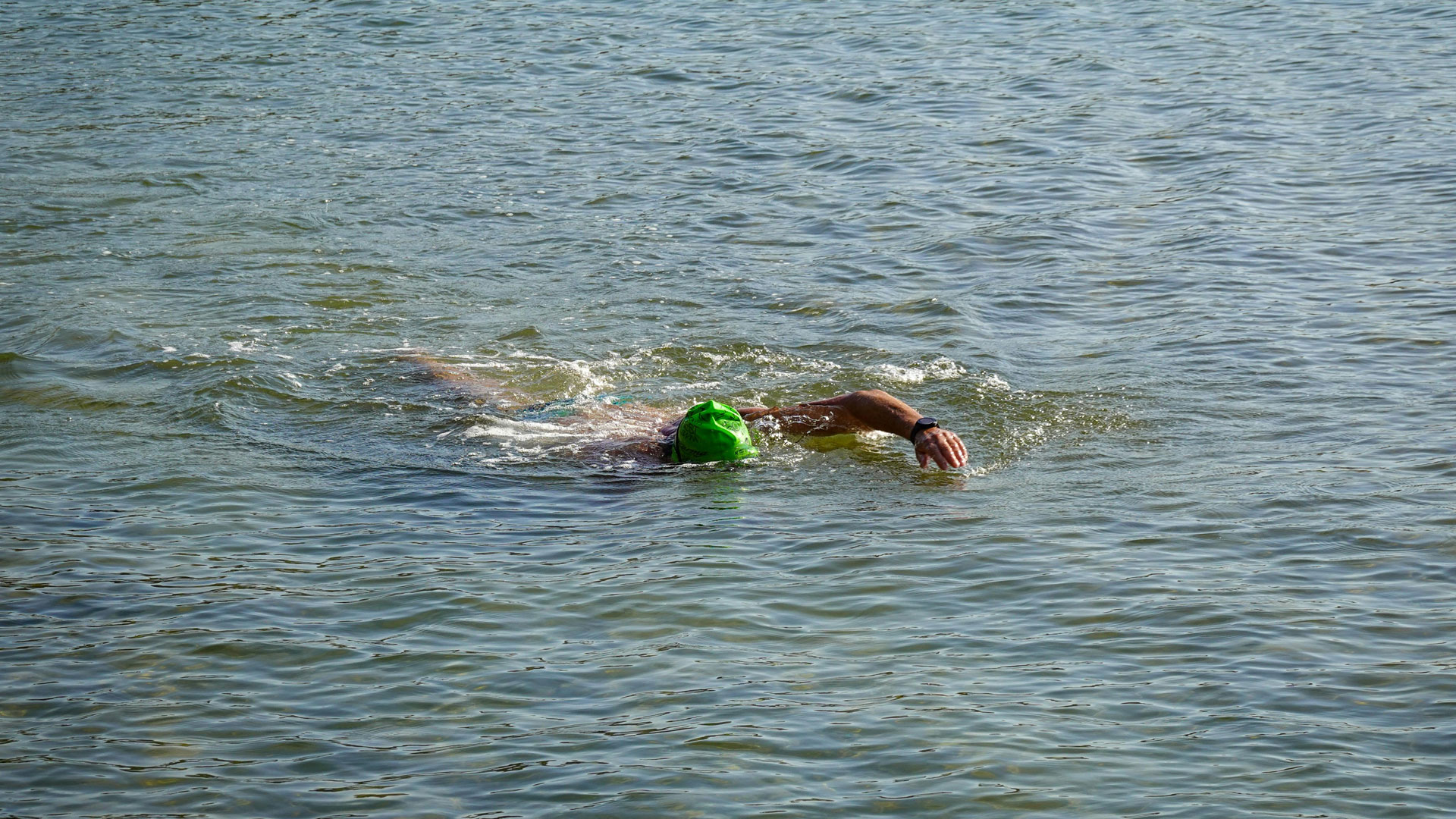
Choosing a Departure Point
Location Options: Select from approved departure points, such as Dover or Folkestone, considering factors like tidal patterns, water temperature, and logistical support.
- Dover: Most popular departure point, with a long history of Channel swims.
- Folkestone: Alternative option with similar tidal patterns, offering a slightly shorter swim distance.
Tidal Considerations: Choose a departure time that aligns with favorable tidal conditions, optimizing swim duration and reducing fatigue.
- Tide tables: Consult UKHO or CSPF resources for accurate tidal predictions.
- Pilot advice: Seek expert guidance on tidal patterns and optimal departure times.
Logistical Planning: Arrange transportation, accommodations, and support crew logistics.
- Transportation: Book ferry or boat transportation for crew and equipment.
- Accommodations: Secure nearby lodging for pre-swim preparation.
- Support crew: Assemble experienced team members.
Navigation and Route Planning
Route Options: Choose between the traditional route or alternative routes, considering weather, tidal conditions, and swimmer experience.
- Traditional route: Dover to Calais, approximately 21 miles (34 km).
- Alternative routes: Consider Folkestone to Boulogne or other options.
Navigation Tools: Utilize GPS, compass, and chart navigation to stay on course.
- GPS tracking: Monitor progress and adjust navigation.
- Compass navigation: Verify direction and stay on course.
- Chart navigation: Understand Channel geography.
Pilot Support: Engage an experienced pilot for navigation guidance, ensuring safe passage.
- Pilot expertise: Familiarity with Channel conditions, tidal patterns, and navigation.
- Communication: Establish clear communication protocols.
Dealing with Fatigue and Pain
Physical Preparation: Train for endurance and build up tolerance through cardiovascular and strength exercises.
- Cardiovascular training: Focus on long-distance swimming.
- Strength training: Build upper body strength.
Mental Strategies: Develop coping mechanisms for fatigue and pain.
- Positive self-talk: Focus on affirmations.
- Visualization: Imagine success.
- Breathing techniques: Manage stress.
Nutrition and Hydration: Fuel and hydrate during the swim.
- Feedings: Plan regular nutrition stops.
- Hydration: Monitor electrolyte levels.
Staying Focused and Motivated
Support Team: Surround yourself with experienced crew members.
- Crew roles: Designate support tasks.
- Communication: Establish clear protocols.
Mental Tricks: Use visualization, affirmations, and goal-setting.
- Break goals into smaller milestones.
- Celebrate progress.
Swim Strategy: Adapt to changing conditions.
- Pace management: Balance speed and endurance.
- Navigation adjustments: Respond to changing tides.
Completing the Swim
Final Push: Draw on mental and physical reserves.
- Adrenaline boost: Final sprint.
- Support crew motivation.
Landing Protocol: Follow established procedures.
- Landing site identification.
- Safety protocols.
Post-Swim Recovery: Prioritize rest, nutrition, and medical evaluation.
- Medical check: Assess condition.
- Nutrition and hydration: Replenish energy stores.
- Rest and recovery: Allow body to recover.
Additional Resources:
- Channel Swimming and Piloting Federation (CSPF) guidelines.
- English Channel swimming community forums.
- Marathon Swimmers Federation (MSF) resources.
Regulations and Rules
To ensure a safe and successful English Channel swim, adherence to regulations and rules is crucial.
Channel Swimming and Piloting Federation (CSPF) Rules
Governance: CSPF oversees and ratifies English Channel swims.
- Sanctioned swims: Officially recognized.
- Ratification process: Verifies swim completion.
Swim Categories: CSPF recognizes various swim categories.
- Solo swims.
- Relay swims.
- Assisted swims.
Swim Rules: Follow CSPF guidelines.
- Swim caps: Required.
- Wetsuits: Optional.
- Nutrition: Limited to designated feeding times.
Qualification Requirements
Experience: Demonstrate experience in long-distance swimming.
- Qualifying swims: Complete a 6-hour swim in open water.
- Training logs: Verify consistent training.
Medical Clearance: Obtain medical clearance.
- Doctor’s note: Confirm physical fitness.
- Medical examination: Conducted within 6 months.
CSPF Membership: Register with CSPF.
- Membership benefits: Access to resources and support.
Safety Equipment and Gear
Required Safety Gear: Ensure availability of essential safety equipment.
- Life jacket or buoy.
- First aid kit.
- Communication devices.
Support Boat Requirements: Ensure support boat meets CSPF standards.
- Navigation lights.
- Safety equipment.
- Communication devices.
Swim Monitoring Technology: Utilize GPS tracking and monitoring systems.
- Real-time tracking.
- Safety monitoring.
Additional Regulations and Resources:
- International Marathon Swimming Hall of Fame (IMSHOF) guidelines.
- Marathon Swimmers Federation (MSF) rules.
- UK Coastguard regulations.
Health Considerations
English Channel swimming poses unique health challenges. Understanding and addressing these concerns is crucial for a safe and successful swim.
1. Hypothermia and Cold Water Shock
Hypothermia Risks: Water temperature (12-18°C/54-64°F) increases hypothermia risk.
- Symptoms: Confusion, shivering, loss of coordination.
- Prevention: Acclimatization, wetsuits.
Cold Water Shock: Sudden immersion in cold water can cause cardiac arrest.
- Symptoms: Difficulty breathing, rapid heartbeat.
- Prevention: Gradual acclimatization.
Dehydration and Electrolyte Imbalance
Dehydration Risks: Prolonged swimming increases dehydration risk.
- Symptoms: Headaches, fatigue, dizziness.
- Prevention: Regular hydration.
Electrolyte Imbalance: Sweating and hydration imbalance can disrupt electrolyte levels.
- Symptoms: Muscle cramps, weakness.
- Prevention: Balanced electrolyte intake.
Muscle Strain and Injury
Overuse Injuries: Repetitive swimming motions increase injury risk.
- Symptoms: Shoulder, back, or knee pain.
- Prevention: Gradual training.
Acute Injuries: Sudden trauma or strain can occur.
- Symptoms: Sharp pain, swelling.
- Prevention: Warm-up/cool-down exercises.
Mental Health and Stress
Pre-Swim Anxiety: Manage stress and anxiety.
- Symptoms: Insomnia, digestive issues.
- Prevention: Relaxation techniques.
In-Water Stress: Monitor mental state during the swim.
- Symptoms: Panic, disorientation.
- Prevention: Breathing techniques.
Additional Health Resources:
- American Red Cross water safety tips.
- National Health Service (NHS) guidance on hypothermia.
- British Heart Foundation (BHF) advice on cold water shock.
Pre-Swim Medical Checklist:
- Consult a doctor.
- Conduct a medical examination.
- Review medical history.
Conclusion
Swimming the English Channel is an extraordinary achievement, requiring dedication, resilience, and strategic planning.
Recap of Key Takeaways
- Preparation: Thorough training, acclimatization, and logistical planning.
- Safety: Understanding tidal patterns, hypothermia risks, and emergency procedures.
- Physical and Mental Endurance: Building resilience through training and mental strategies.
- Regulations and Rules: Adhering to CSPF guidelines and qualification requirements.
Inspiration and Motivation for Aspiring Channel Swimmers
Draw Inspiration from Others: Study successful Channel swimmers’ experiences.
- Ben Lecomte’s 1998 long-distance swim.
- Sarah Thomas’s 2019 four-way Channel crossing.
Focus on Personal Growth: View the swim as a transformative journey.
- Develop resilience.
- Build confidence.
Join a Supportive Community: Connect with fellow swimmers and experts.
- Online forums.
- Training groups.
Final Thoughts on the Challenges and Rewards of Swimming the English Channel
Challenges: Respect the Channel’s unpredictable nature.
- Tides.
- Weather.
- Physical demands.
Rewards: Celebrate the achievement.
- Personal growth.
- Sense of accomplishment.
- Community recognition.
Final Tips for Aspiring Channel Swimmers:
- Stay focused.
- Remain adaptable.
- Draw on support networks.

